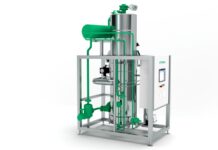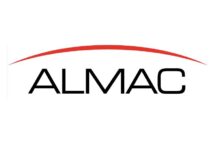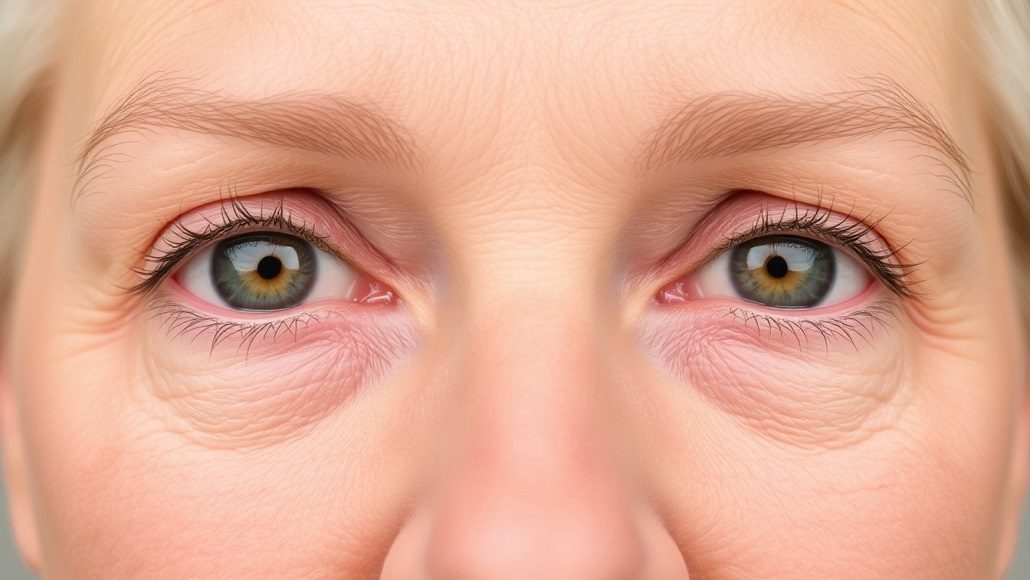As we age, the skin around our eyes begins to show signs of wear and tear, with under-eye wrinkles, puffiness, and dark circles becoming common concerns. These issues can make us look tired and older than we feel. Fortunately, there are a variety of treatments available to address these under-eye concerns. If you’re considering an under-eye wrinkle treatment, you may be wondering about the best options to reduce puffiness and fine lines.
What Causes Under-Eye Wrinkles and Puffiness?
Before we explore the solutions for under-eye wrinkles and puffiness, it’s important to understand the causes behind these common concerns:
1. Aging
As we get older, the skin around our eyes naturally loses collagen and elastin, the proteins responsible for keeping the skin firm and elastic. This process leads to the formation of fine lines and wrinkles, especially in the delicate under-eye area.
2. Fat Loss
With age, we also lose fat in our face, which contributes to hollowing beneath the eyes. This can make the skin look thinner and accentuate wrinkles.
3. Sun Damage
Sun exposure can accelerate the aging process, causing skin to become damaged and lose its youthful appearance. Over time, sun damage contributes to fine lines, wrinkles, and skin sagging, particularly around the eyes.
4. Sleep and Lifestyle Factors
Lack of sleep, high levels of stress, dehydration, and smoking can exacerbate under-eye puffiness and wrinkles. When your body is not well-rested or hydrated, it reflects in the appearance of your skin.
5. Genetics
Some people are more prone to developing under-eye wrinkles and puffiness due to genetic factors. If your family members have similar concerns, there’s a chance you may experience them as well.
Common Treatments for Under-Eye Wrinkles and Puffiness
There are several treatments available to address under-eye wrinkle concerns. From topical creams to injectable treatments, the options vary in terms of effectiveness, cost, and recovery time. Let’s take a closer look at the best options for reducing under-eye wrinkles and puffiness:
1. Topical Creams and Serums
Best Under Eye Wrinkle Treatment: Retinol Creams
Retinol is one of the most well-known and effective ingredients for addressing under-eye wrinkles. It works by promoting cell turnover and stimulating collagen production, which can help smooth fine lines and improve skin texture. The best under-eye wrinkle treatment creams often contain retinol or retinoid derivatives, and they can be very effective when used consistently over time.
Many people use retinol-based products at night due to their potential to increase skin sensitivity to sunlight. If you’re using a retinol cream, be sure to apply sunscreen during the day to protect your skin from further damage.
Hydrating Eye Creams
For puffiness under the eyes, hydrating creams are a popular treatment. These creams often contain ingredients like hyaluronic acid, peptides, and caffeine, which help to hydrate and firm the skin, reducing the appearance of puffiness. Hydrating eye creams work by improving the moisture content in the skin and tightening the under-eye area.
2. Botox Injections for Under-Eye Wrinkles
One of the most popular under-eye wrinkle treatment options is Botox, which can significantly reduce the appearance of fine lines and wrinkles around the eyes. Botox injections are a non-surgical treatment that temporarily relaxes the muscles responsible for causing wrinkles, smoothing out the skin in the treated areas.
Botox is commonly used for crow’s feet, the fine lines that form around the eyes when you smile or squint. By targeting the underlying muscles, Botox prevents them from contracting, leading to smoother skin. The effects of Botox last for about 3 to 6 months, and the procedure is quick, usually taking less than 30 minutes.
While Botox is primarily used to treat wrinkles, it can also help with puffiness by reducing the muscle activity that contributes to fluid retention in the area. If you’re considering Botox for your under-eye wrinkles, it’s important to consult with a licensed provider who has experience in treating this delicate area.
3. Dermal Fillers for Under-Eye Hollowing
If you’re experiencing hollowing or dark circles under your eyes, dermal fillers may be an excellent wrinkle under-eye treatment. These injectable treatments restore volume to the under-eye area by replenishing lost fat and collagen. The result is a smoother, more youthful appearance with reduced under-eye puffiness.
The most common filler used for under-eye hollowing is hyaluronic acid. This filler helps to plump the skin and reduce the appearance of deep lines and hollow areas. The results can last anywhere from 6 months to a year, depending on the type of filler used.
4. Laser Treatments
For a more advanced under eye wrinkle treatment, laser therapy is another option worth considering. Lasers can stimulate collagen production, tighten the skin, and improve texture by targeting the deeper layers of the skin. Laser treatments are particularly useful for fine lines and wrinkles that don’t respond well to topical treatments.
There are different types of lasers used to treat under-eye wrinkles, including fractional CO2 lasers and non-ablative lasers. These treatments require some downtime, and multiple sessions may be needed to achieve optimal results.
5. Chemical Peels
Chemical peels are another option for treating under-eye wrinkles and puffiness. A chemical peel involves applying a chemical solution to the skin, which exfoliates the top layer and encourages the growth of new, smoother skin. Chemical peels can help improve skin texture, reduce fine lines, and reduce the appearance of hyperpigmentation under the eyes.
However, because the skin around the eyes is delicate, it’s important to work with an experienced provider when considering a chemical peel for this area. There are different types of peels, ranging from mild to deep, and the appropriate peel will depend on your skin’s condition and your aesthetic goals.
6. Microneedling
Microneedling is another non-surgical treatment that can help reduce under-eye wrinkles and puffiness. This procedure involves the use of a device that creates tiny, controlled injuries in the skin. These micro-injuries stimulate collagen and elastin production, which helps to smooth the skin and reduce the appearance of wrinkles.
Microneedling is typically performed with a topical numbing cream to ensure a comfortable experience. The procedure usually takes less than an hour, and while there is some redness post-treatment, recovery time is minimal.
7. Surgical Options
For individuals with severe under-eye wrinkles or sagging skin that doesn’t respond to non-surgical treatments, surgery may be the most effective option. A blepharoplasty, or eyelid lift, is a surgical procedure that removes excess skin, fat, and muscle around the eyes to create a smoother, more youthful look. While this procedure is more invasive and requires more recovery time, it offers long-lasting results.
How to Choose the Best Under-Eye Wrinkle Treatment for You
Choosing the best under-eye wrinkle treatment depends on several factors, including the severity of your wrinkles, your skin type, your budget, and your aesthetic goals. Here are some things to consider when deciding which treatment is right for you:
- For fine lines and wrinkles: Botox is often the go-to option for smoothing out fine lines and wrinkles around the eyes. It’s quick, non-invasive, and provides immediate results.
- For hollow under eyes: Dermal fillers can restore volume and reduce the appearance of under-eye hollows, providing a more youthful appearance.
- For puffiness: Topical treatments like hydrating eye creams or Botox injections may help reduce puffiness and improve the overall appearance of the under-eye area.
- For long-term results: If you’re looking for long-lasting results, laser treatments and surgery might be more effective, though they come with more downtime and higher costs.
The Cost of Under-Eye Wrinkle Treatments
Under-eye wrinkle treatment costs vary depending on the type of treatment you choose. Here’s a general idea of the cost for various treatments:
- Botox: The cost of Botox varies based on the number of units required. On average, Botox for under-eye wrinkles can cost between $300 to $1,000 per session.
- Dermal Fillers: The cost of dermal fillers ranges from $500 to $2,000, depending on the type of filler used and the number of syringes required.
- Laser Treatments: Laser treatments can cost anywhere from $1,000 to $3,000 per session, depending on the technology used and the number of sessions required.
- Chemical Peels: A chemical peel for the under-eye area typically costs between $100 and $500.
- Microneedling: Microneedling can cost between $300 and $700 per session.
Conclusion
If you’re struggling with under-eye wrinkles, puffiness, or dark circles, there are various under eye wrinkle treatment options available to help you achieve smoother, more youthful-looking skin. Whether you’re considering Botox, dermal fillers, laser treatments, or other methods, it’s important to choose a treatment that suits your needs, budget, and desired results.
Consulting with a licensed and experienced provider is the best way to determine the most effective treatment plan for you. With the right care, you can enjoy smoother, firmer skin around your eyes and restore your youthful appearance.




















